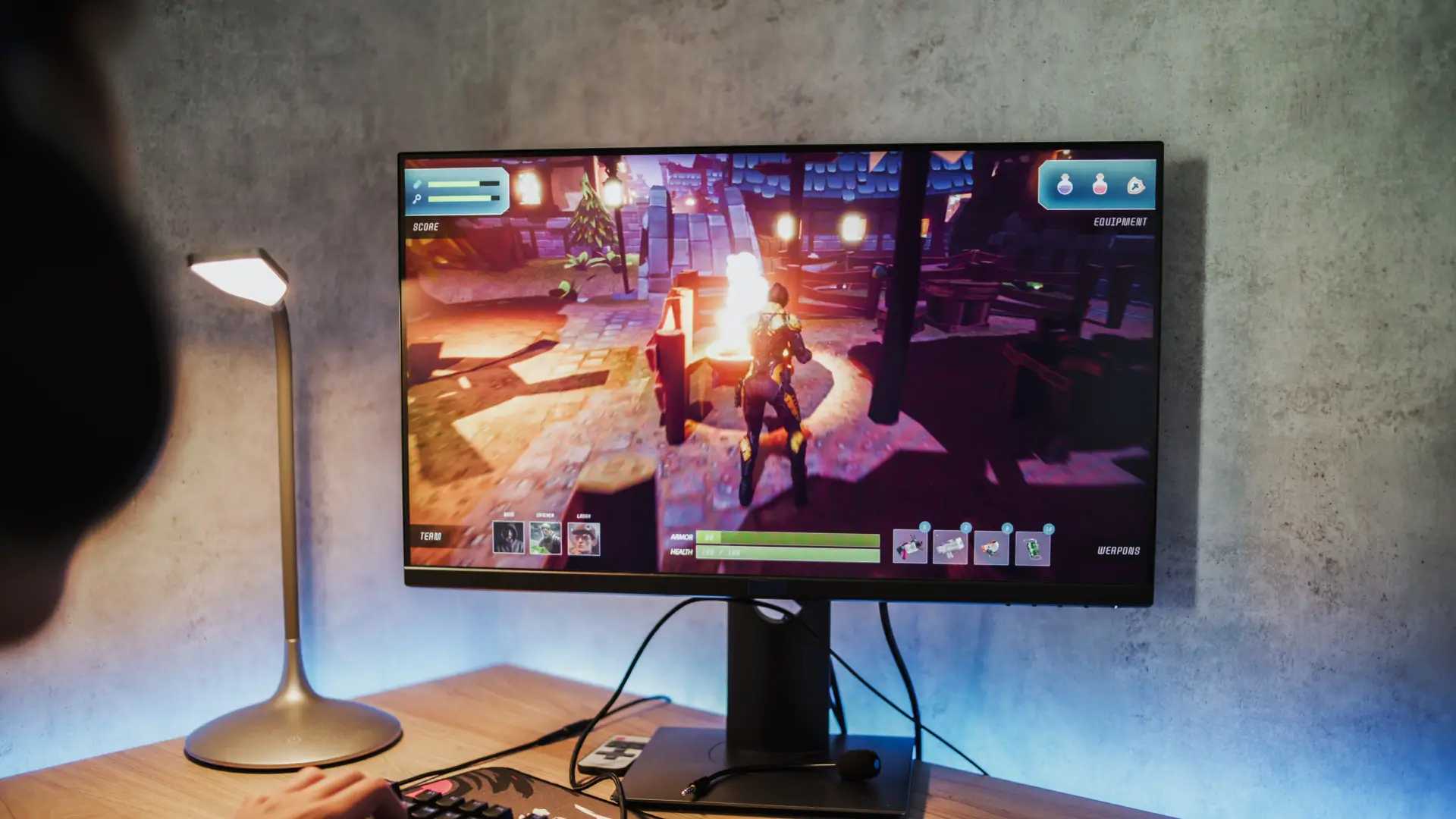Trailers are the first impression. The make-or-break moment. The “Should I wishlist this?” split-second decision.
No pressure, right?
Whether you’re teasing a prototype or gearing up for launch, a strong trailer should do one thing: make people care. Here’s how we think about building game trailers that actually hook people—especially when time is tight.
Start With the Hook
The first 3–5 seconds should make someone stop scrolling. This could be:
- A dramatic animation or kill shot
- A quirky bit of gameplay
- A weird/funny moment that only your game could do
- A juicy tagline or question (text on screen is still valid!)
The goal: spark curiosity, fast.
Show, Don’t Explain (Until You Have To)
Gameplay first. Let people see how it plays.
If your trailer leads with 20 seconds of logos or lore dumps, people will bounce. (Even if the lore is actually great.)
We usually structure trailers like this:
- Hook (0–5s)
- Gameplay montage (6–20s)
- Feature callouts or story glimpses (optional)
- Call to action + logo (final 5s)
Optional, but effective: Music that slaps. Motion graphics that flow. And snappy editing to keep energy high.
Our Role in All This
We work with indie teams to storyboard, illustrate, animate, and edit trailers that match your game’s tone and budget.
That might mean:
- Designing a teaser with zero in-game assets
- Animating UI flows to show off systems
- Building an asset pack for streamers or publishers
- Or just giving your raw footage a much-needed glow-up
We’re used to weird pipelines, fuzzy builds, and last-minute polish passes. We’ve been there. We’ve delivered.
Final Tip: Watch It With Strangers
The best feedback is silent.
If someone zones out, scrolls away, or looks confused—something’s off. A trailer should pull people in, even without context.
Need help putting yours together? We love the challenge. Whether it’s a mood piece, a gameplay breakdown, or a tiny teaser—we’ve got you.
